
UK Researchers and Students Present at AMCOP
The 66th Annual Midwestern Conference of Parasitologists took place June 5-7 at the University of Kentucky’s Gluck Equine Research Center.

The 66th Annual Midwestern Conference of Parasitologists took place June 5-7 at the University of Kentucky’s Gluck Equine Research Center.
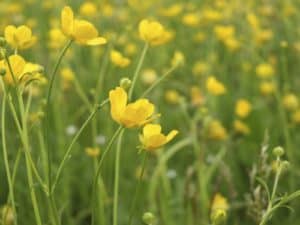
Buttercups can be poisonous to horses, but the plants are not palatable and animals usually do not eat them.
When it comes to influenza, should you use a treat-now or a wait-and-see approach? The study will evaluate this question.

Property managers often test their pastures to evaluate the risk of fescue toxicity; however, how you test can produce drastically different results. Here are some things to remember when testing horse pastures for infected tall fescue.
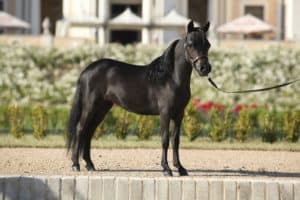
The University of Kentucky Animal Genetic Testing and Research Laboratory is now offering DNA-based tests for four mutations in the aggrecan gene associated with dwarfism in Miniature Horses.
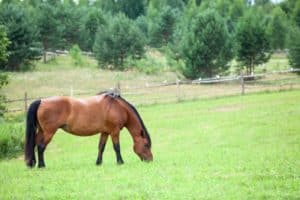
After a long, cold winter in much of the United States, many farms and their fields will need some work come spring. The following guidelines will help ensure your pasture management efforts are both beneficial and economical for your farm.

Poison hemlock is extremely poisonous to horses and humans, however horses rarely eat this plant because of its low palatability.
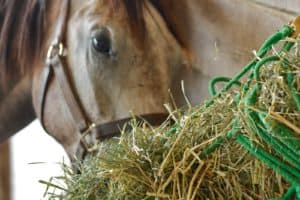
Soaking hay provides owners with the ability to alter some physical characteristics as well as the nutrient content of their hay if purchasing the ideal hay is not a feasible option.

Mud prevention requires long-range planning and a balance between managing horses and managing pastures.

Animals such as cats, dogs, and horses are not sensitive to poison ivy, but can transfer the irritating urushiol oil to humans.

Mastro’s research focused primarily on pituitary pars intermedia dysfunction (PPID), also known as equine Cushing’s disease.

A group of agriculture and natural resources professionals traveled to Australia to observe the country’s agricultural practices, including several relevant to the horse industry.
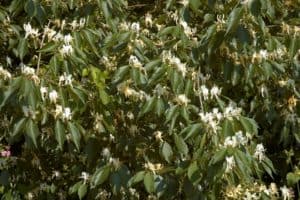
Most horse farms sport trees along paddock fencerows, near barns, and in pastures. While many trees are planted for shade or aesthetics, other woody (and often undesirable) plants frequently encroach from surrounding fields.
The University of Kentucky Ag Equine Programs, which includes the Gluck Equine Research Center and Veterinary Diagnostic Laboratory, will host two continuing education events in the next three months.
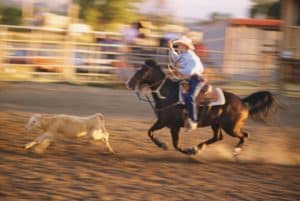
There’s a new team on the roster for the University of Kentucky, one with barrels, bulls, roping, wrestling, and a whole lot of enthusiasm by a group of students who have worked hard to put their dreams into reality.

Because no new drugs against small strongyles are currently being developed, an effective parasite control program should aim to prevent further resistance.
Stay on top of the most recent Horse Health news with